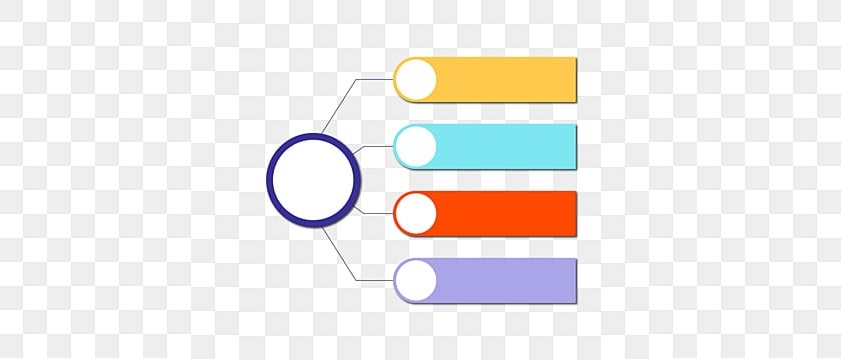In “Categories, Tags, And An API To Improve SEO”, we explain the importance of taxonomies and their usefulness for SEO. Taxonomies are a classification system for organizing information. They are also known as categorization or tagging. Taxonomies help people find and organize content in a more efficient way. They play an important role in improving SEO. This is because it helps search engines; understand what types of pages are on your website and how to rank them accordingly.

Categories and Tags
They are the two taxonomies that WordPress provides natively to organize the contents of a site and keep the Posts of the same theme together. For example, on a certain site, a news item assigned to the Economy Category will thus form part of all the news items in this thematic area. Hence, its importance for navigation structures.
Just in case, we must clarify that WordPress does not provide lists of words or terms; but the functional structure (database) that allows them to be defined and assigned to the contents of a site.
On the other hand, Categories are hierarchical, while Tags are flat lists. Both can be part of structural navigation and semantic navigation at the same time. Let’s take a closer look at its different functions:
Use of the Categories.
Categories can be used to represent the main thematic sections of the site. It is logical, therefore, to have a few Categories, the optimum number being, if they are used in this way, a dozen or a little more. To favor the clarity of the navigation system, it would be optimal to assign a single Category to each Entry (and at least one). Nevertheless. it is likely that the same Entry affects more than one Category, in which case one or two more may be assigned. Categories can have subcategories, their optimal number also being a maximum of ten, or a little less if possible. In an intensive content-oriented site, there should be no more than three levels of subcategories, ie: Category > subCategory > sub-subCategory.
If we consider that at each level we can use 10 items or elements, those three levels should be enough (up to 210 items), and in most cases, two should be more than enough (up to 110 items). The usual rule is to assign Categories and subcategories at the corresponding level of specificity. A Post that deals with a topic at a more general level will be assigned the Category, while a Post that deals with one of the sub-topics will be assigned to the corresponding sub-category. For example, if we have the Art Category and the subcategories Painting, Sculpture, etc., an entry about art in general, will be assigned to the Art Category, and an entry about sculpture, only to Sculpture (not to Art).
Use of Labels.
The Tags can express through sets of keywords the themes of an Entry at a much more specific level than the Categories. An Entry should always have several Labels, between 2 and 4, although there is not an optimal number, because it depends on the extension of the topic and the variety of topics in it. The number of Tags can be considerably greater than the Categories, but uncontrolled growth is not advisable either. It is of little use to have a large number of Tags if many of them have been assigned to only one or two Posts. For most cases, your total number should probably not exceed a few hundred in most cases, although it is difficult to establish an optimal range, especially in the case of news sites that may really need Thousands.
Consistency.
The key to either taxonomy is consistency. The Categories should be self-exclusive and, if possible, use the same organizational principle, whether thematic, geographical, chronological, etc. The hierarchical structure, if assigned, should also be consistent and based, ideally, on some logical principle, such as class-subclass, or whole-part. The Tags, for their part, must not repeat terms present in the Categories and must be equally consistent with each other.
Lettering.
The labels or words to express both Categories and Labels must be well selected, clarifying, and consistent with each other. For example, this list of Categories (taken from a real site) doesn’t make any sense: International | World | Sports… What is the difference between World and International? A more coherent could be National | International | Sports…etc. Keyword research, with tools such as AdWord, Google itself, or other specialized ones such as Answer the Public and Keyword Tools, can help find terms for Categories and Tags, but also document management tools, such as thesauri. e.g. that of UNESCO.
Check Text Classification IAB Taxonomy
The Content Taxonomy has evolved over time to provide publishers with a consistent and easy way to organize their website content. For example, to differentiate “sports” vs. “news” vs. “wellness” material. IAB Tech Lab’s Content Taxonomy specification provides additional utility for minimizing the risk that content categorization signals could generate sensitive data points about some things. Some examples are race, politics, religion, or other personal characteristics that could result in discrimination.

Some frequent questions…
What this API receives and what your API provides (input/output)? Just pass the text that you want to categorize and you will get its IAB taxonomy. Simple as that!
What are the most common uses cases of this API? This API is useful to help those companies with a large amount of data that needs sorting by category. Thus, you will be able to gather text by grouping it by category. Besides, ideal for marketing agencies that want to extract data online and want to categorize it as well. Also, helpful to classify sentences or slogans, you will get the exact categorization in IAB standards.
Are there any limitations with your plans?
Besides API call limitations per month:
Testing Plan: 5 requests per second.
Basic: 10 requests per second.
Pro: 30 requests per second.
Pro+: 60 requests per second.

